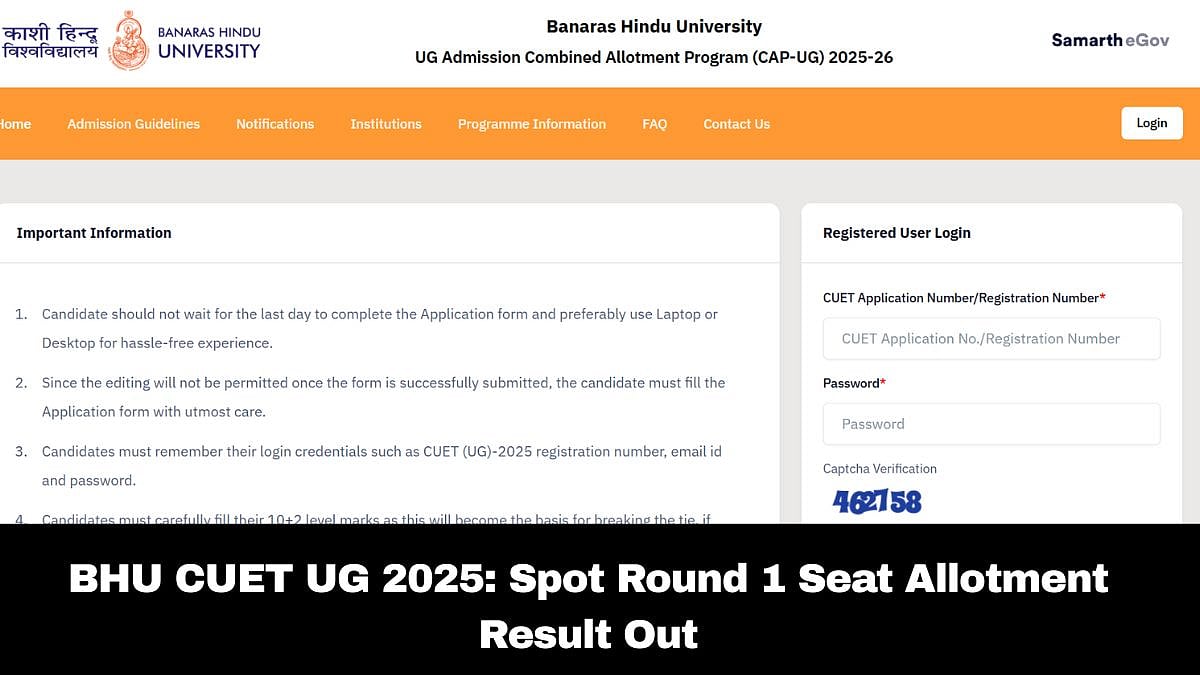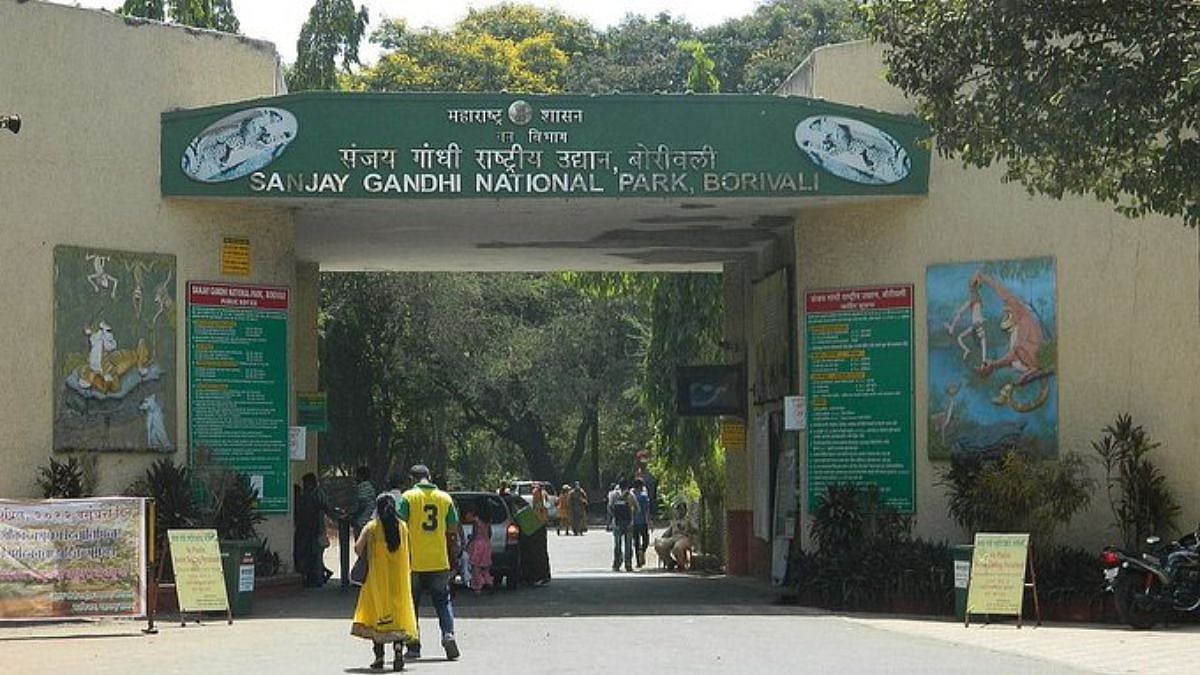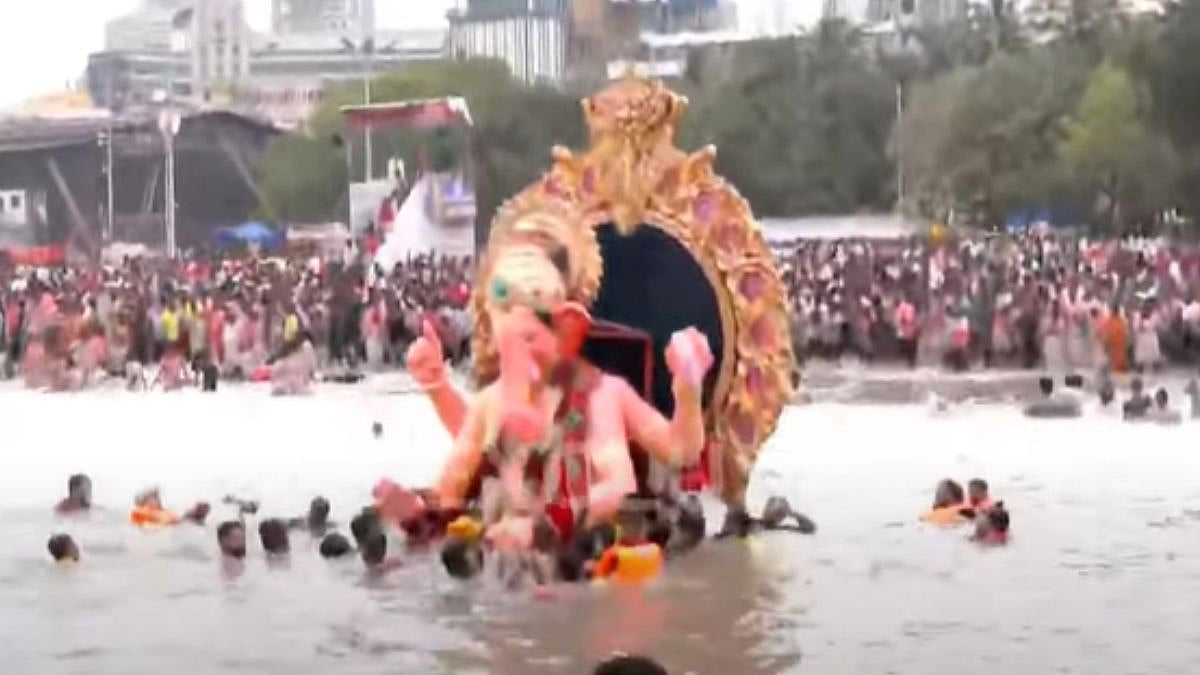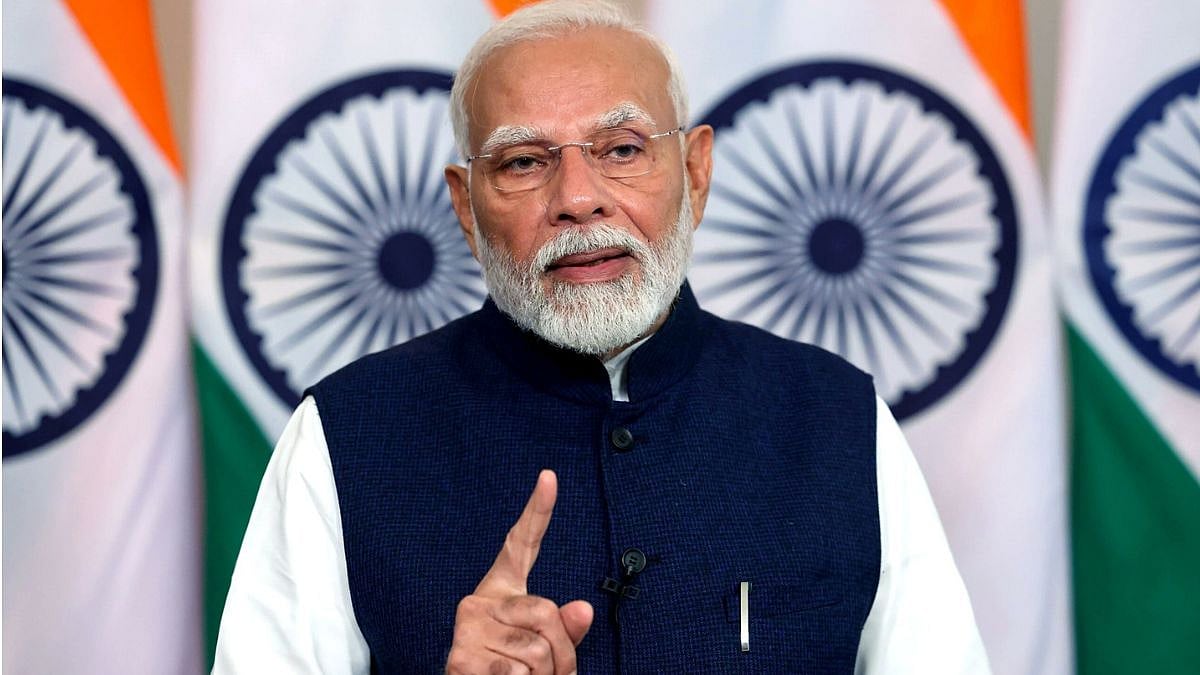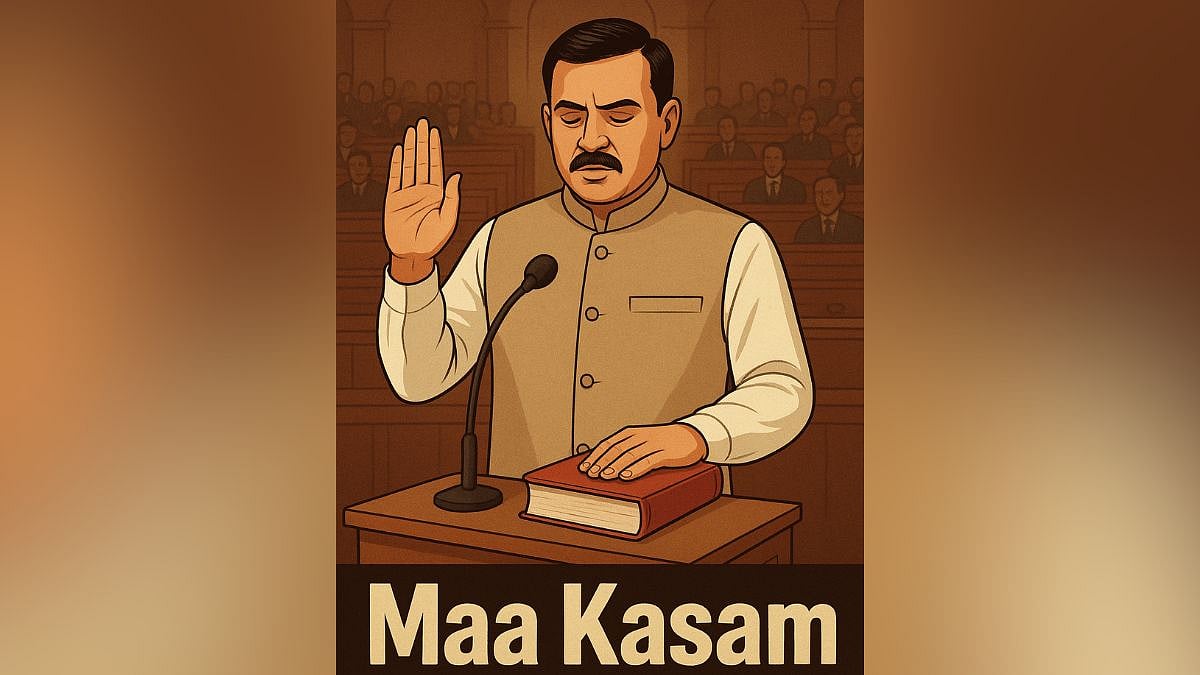Ten days after the heatstroke tragedy at the award ceremony organised by the Maharashtra government, it is not clear who has been held directly and officially responsible. If the 14 dead and nearly 600 hospitalised on Sunday, April 16, had not been from the middle and lower strata of the society, if the programme was not an official ceremony of the government, if the logistical support to ferry nearly 20 lakh people to the venue in Kharghar did not have covert political support – of the ruling Bharatiya Janata Party – and if the government's compassion went beyond mere lip service, then this manufactured tragedy would have continued to be in the headlines till responsibility was fixed. In a previous era in India, it might have even brought down the Eknath Shinde-Devendra Fadnavis government.
Instead, the organisers have not yet been booked for criminal negligence that led to the deaths, the government made some noises about compensation but offered no explicit apology or even regret, the social worker who was being felicitated with the state award – Maharashtra Bhushan – Dattatreya Narayan (or Appasaheb) Dharmadhikari has not been heard as much as he should have been considering his followers died or suffered, and there is a general consensus sought to be built around the fact that these were heatwave or heat stroke deaths. The allusion is to a natural phenomenon which absolves all the three parties involved in the event: the government, the organisers, and Dharmadhikari.
A lawyer, Shaila Jitendra Kanthe, had to knock on the doors of the Bombay High Court this week seeking a criminal complaint, including murder charges, against all the organisers of the ceremony. She stated that she had approached the police to register the criminal complaint against chief minister Shinde, deputy chief minister Fadnavis, and Dharmadhikari for negligence and failure to make proper arrangements despite lakhs of people being brought to the venue from far away and made to sit in the open for hours as daytime temperature rose that Sunday afternoon. The public interest litigation is likely to be heard next week.
Let us pause for a moment to allow this to sink in – a PIL has to be filed seeking the court’s directions to fix responsibility for deaths in a state government programme. This, when the union Home Minister Amit Shah made it a point to commend the lakhs gathered for braving the blazing sun during his speech that afternoon. The import of this is too much to ignore at a time when governments, both at the Centre and in states, seem to have developed a Teflon coating that they believe they are unaccountable for even the worst tragedies and, worse, are not even held to account by the media or the public. Maharashtra's cultural affairs minister Sudhir Mungantiwar, in fact, had the temerity to question the need for his department or the government to take responsibility.
The political opposition in Maharashtra made some noises but has hardly hauled the government over the coals on this issue, as it should have. The Shinde-Fadnavis government announced compensation, then it was business as usual. If the tragedy had occurred in a non-BJP ruled state, the turn of events might have been different; it would have become national headlines bolstered by loud panel discussions asking for the heads of the chief minister and his deputy. The escape route taken now is that it was a heat wave or heat stroke that led to the deaths — and this was a natural phenomenon. “It’s a natural calamity,” Mungantiwar told a regional channel.
This needs to be unpacked. Indeed, a heat wave is a climatic phenomenon much like torrential rain, flash floods, earthquakes and so on, but it does not have to – should not – result in deaths of people. Given the advances in technology and weather predictions, information is available about rising temperatures and possible heat wave conditions ahead of the occurrence. The question is what the government and its agencies responsible for natural disasters do with the information. The protocol to be followed during heat wave conditions was laid down years ago by the National Disaster Management Authority (NDMA) with states – and specifically cities – encouraged to draw up their Heat Action Plans.
The core of the HAPs is that people are advised to stay indoors during the hours of high heat in a day. The Maharashtra government did exactly the reverse – it allowed and encouraged the congregation of lakhs of people precisely during those hours, and without sufficient arrangements for drinking water or rehydration. The post mortem reports of those dead show they had had nothing to eat or drink for six hours, the time they had been sitting in the hot sun, waiting to see their beloved Dharmadhikari being honoured by Amit Shah and Shinde-Fadnavis. How can the government escape responsibility?
Typically, weather stations of the Indian Meteorology Department (IMD) are located in the larger metros. Even though Kharghar is a planned city, one of the 14 nodes in Navi Mumbai, it does not have a station. The nearest one in Rabale, 20-22 kilometres away, recorded 38 degrees that Sunday afternoon and relative humidity of 47% — a deadly combination especially for the old. However, this observatory was set up only in 2017 and, therefore, does not have the base level data of normal temperature variations during April to be able to predict a heat wave or heat wave-like conditions, according to reports.
Whether a formal heat wave alert was sent out or not, there are questions that refuse to go away. When lakhs of people are being gathered at a place under the government’s watch, whose responsibility is it to ensure supportive conditions? Whose idea was it to conduct the Maharashtra Bhushan award ceremony in an open ground in the middle of April with lakhs in attendance when previous editions have happened in indoor auditoriums? Why did Dharmadhikari go along with the government’s plan and subject so many of his followers to such torture? What was the political intent behind the Shinde-Fadnavis organising this on such a massive scale, that too, without proper arrangements to counter the heat? The scramble to leave the venue, the search for water, later led to a stampede-like situation which the government flatly denies despite scores of photographs that clearly show it.
There is negligence all the way and the Shinde-Fadnavis government should not be allowed to escape or dodge its responsibility. In fact, Maharashtra has seen nearly 500 people die in heat wave-like conditions between March and now. It is the responsibility of the government to gather information, issue warnings to people to stay indoors, provide for counter measures including cool shelters and drinking water kiosks and so on during summers as laid down in HAPs. The existing HAPs lack a special focus on vulnerable people who are forced to be outdoors, mainly for work, during high daytime temperatures but even if the basic protocols specified in the HAPs are followed, it should be possible to prevent heat-related illnesses and deaths. Heat is a silent killer but governments can act in time to prevent deaths; in Kharghar, the government abdicated its responsibility.
Smruti Koppikar, journalist and urban chronicler, writes extensively on cities, development, gender, and the media. She is also the Founder Editor of ‘Question of Cities’


